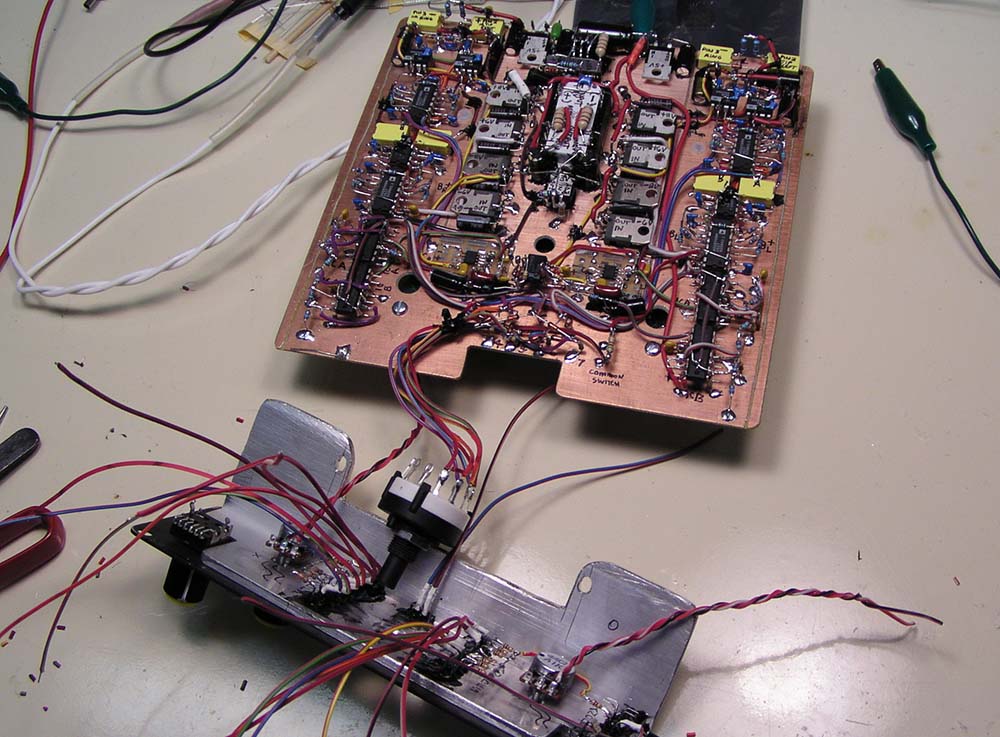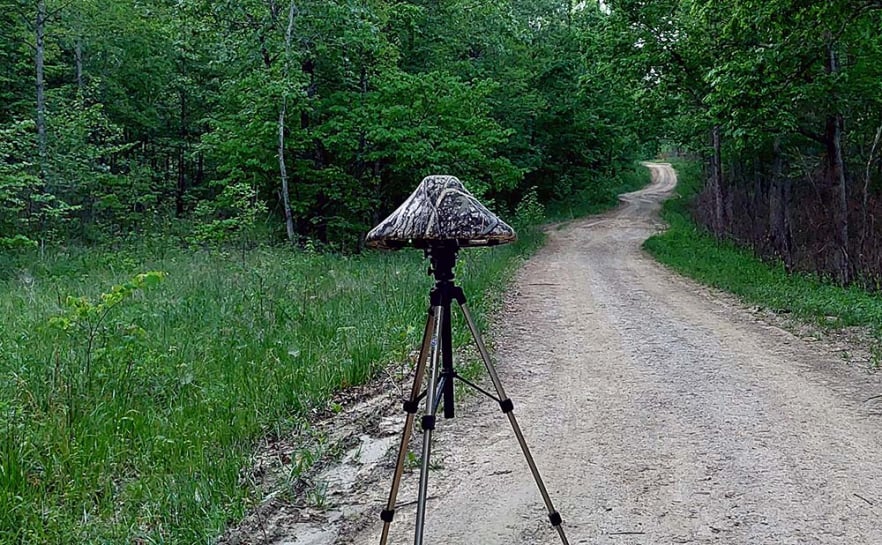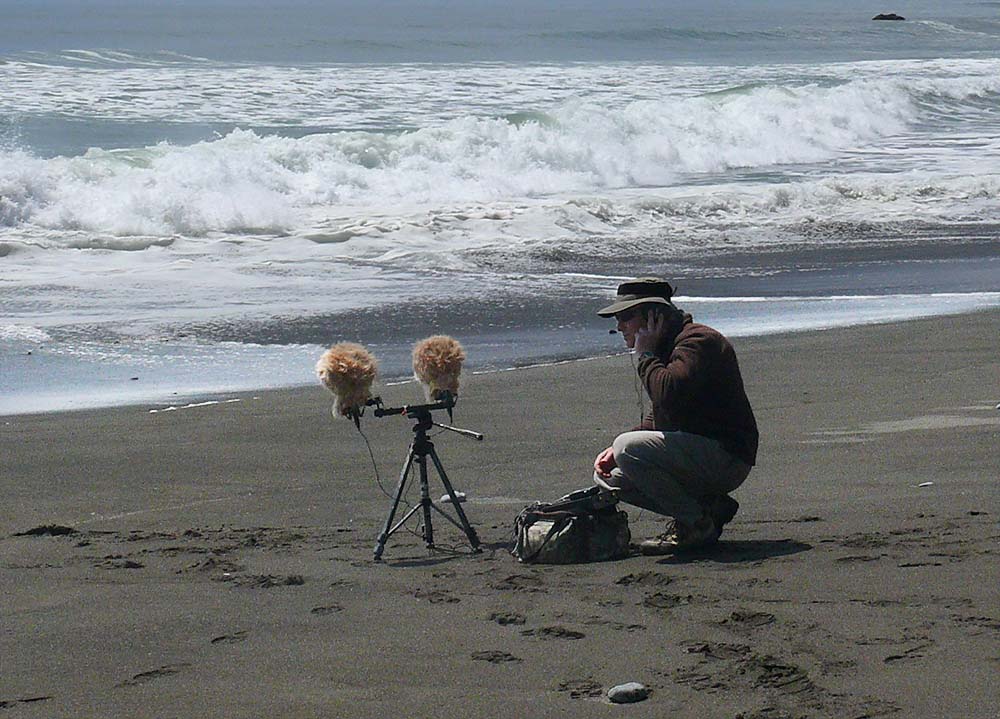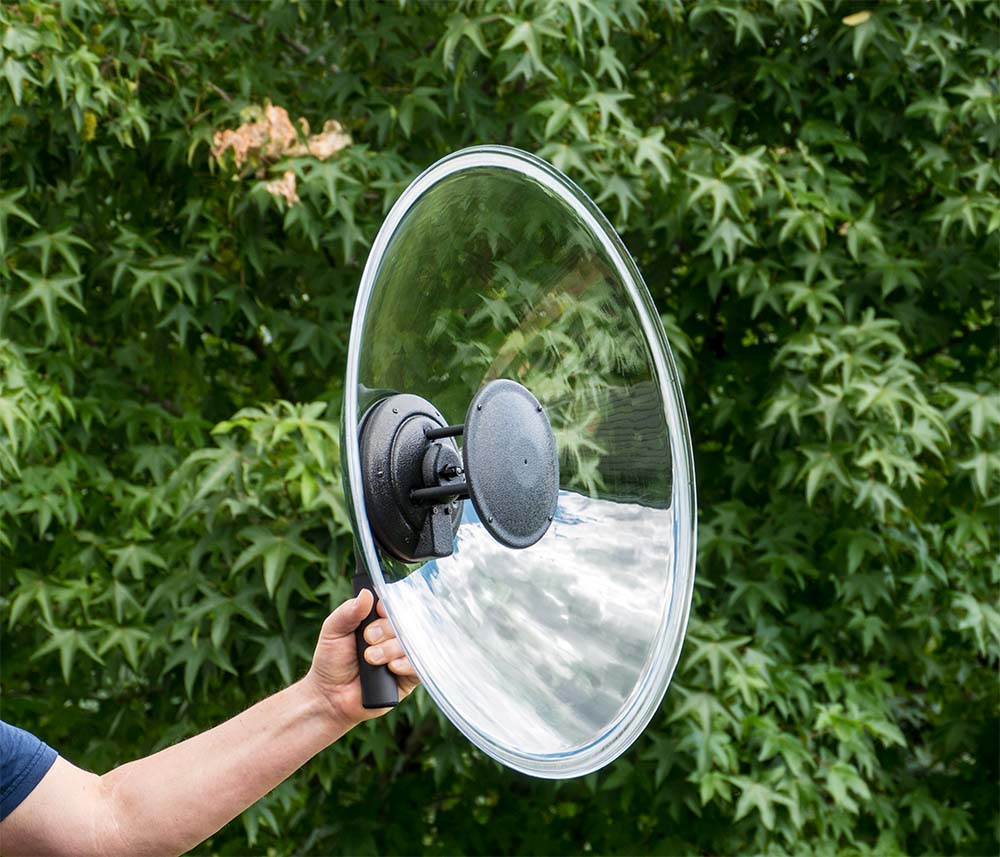You can have the best equipment, but you have to know where to go and when to record. This takes a lot of research and trial and error. There are many noise sources that will ruin any recording, like traffic noise, jet traffic, wind, and even effects of barometric pressure. Once you find areas with good soundscapes that are away from noise sources, you have to know when the best time of the year and best times of the day to record your intended subjects.
I have a lot of secret recording places that I have found over the many years of scouting around the USA and Canada. I have done a lot of backcountry camping and overlanding. Today, there are mapping resources of bird migration that are helpful. There is also map data showing where airline traffic is lower. All this information changes over time. Some places I used to have great success recording are now very weak in bird population and over burdened with jet traffic. It has gotten much harder to find good locations to record. Bird populations are rapidly declining and are receding to more isolated pockets of the most preferred habitats. Recording nature sounds has always been one of the most difficult recording tasks.
Artist selection of a sound environment is an art form. How does an area sound, is the creek too close, are the bird sounds located to give a spacious feeling, are the rock walls adding a nice reverb effect, or how can I place the mics to get a nice echo from the surrounding hills are all something to be considered when recording. We don't always have choices where one records, but I have to keep these kind of things in mind, always searching for the best locations.




Follow Natureguy Studio on Facebook